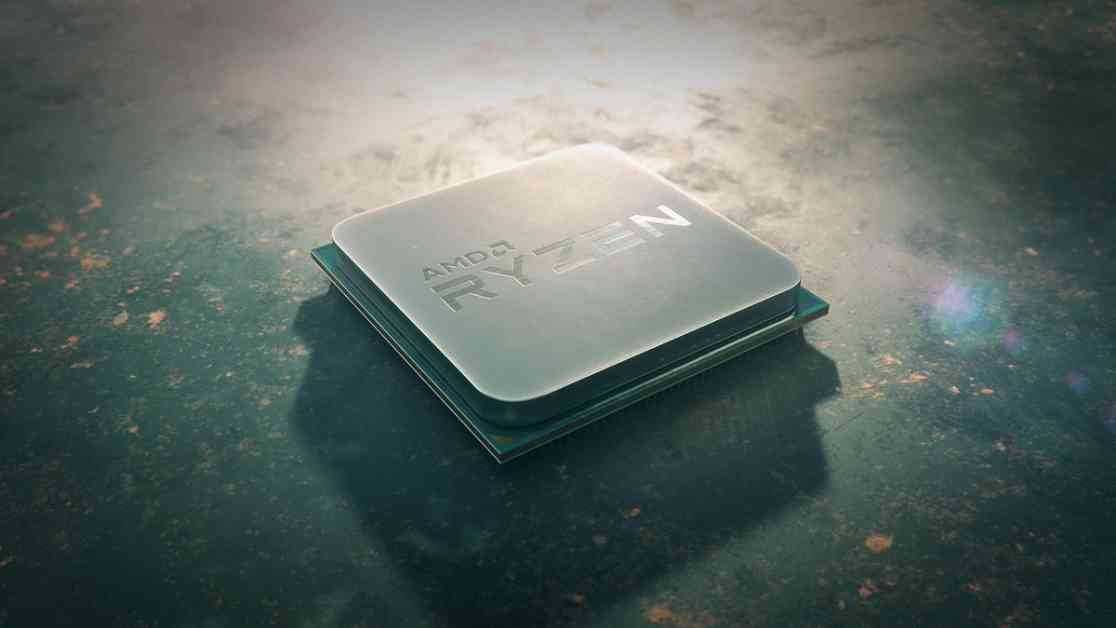AMD Ryzen AI Max: Fastest Flagship Laptop CPUs – Concerns About Price
A recent leak has shed light on AMD’s upcoming Strix Point Halo chips, revealing their configurations and potential official names for these powerful CPUs designed for gaming laptops and possibly handheld devices. However, there are growing concerns about the potential high cost associated with these processors.
The top-end Strix Point offerings, known as Strix Halo or Ryzen AI Max 300, are expected to deliver superior performance compared to the vanilla Strix Point chips, which are identified as Ryzen AI 300. According to reports from Golden Pig Upgrade, a reputable leaker on Weibo, AMD is set to release three processors in the Strix Halo range, each with distinct specifications:
– Ryzen AI Max+ 395 – 16 cores (Zen 5) + 40 Compute Units (RDNA 3.5 graphics)
– Ryzen AI Max 390 – 12 cores + 40 Compute Units
– Ryzen AI Max 385 – 8 cores + 32 Compute Units
While these details should be taken with a grain of salt, they align with previous rumors and seem plausible. The inclusion of ‘Max’ in the naming convention suggests a high-performance designation, reminiscent of Apple’s branding strategy.
One notable feature of the Strix Halo chips is their support for up to 96GB of video memory, indicating AMD’s intention to target professional users and the notebook workstation market in addition to gaming laptops.
However, a recent development has raised concerns about the potential pricing of the Strix Halo CPUs. Reports suggest that the Strix Point chips may be significantly more expensive than their predecessors, prompting a manufacturer like GPD to scale back from using a Strix Point CPU (HX 370) to an older Hawk Point processor (Ryzen 7 8840U) in a notebook to manage costs effectively.
The decision to downgrade the processor highlights the potential financial impact of the Strix Point chips, raising questions about the affordability of the upcoming Strix Halo CPUs. If the Strix Point lineup is already facing scrutiny for its pricing, the anticipation is that the Strix Halo processors could come with an even higher price tag, fueling concerns about their accessibility to consumers.
Analysis: Implications for Gaming Handhelds and Workstation Laptops
The rumored specifications of the Strix Halo processors paint a picture of exceptionally powerful chips, especially with their integrated RDNA 3.5 graphics architecture. Comparing these GPUs to AMD’s standalone offerings like the RX 7600 XT (RDNA 3), it’s evident that the Strix Halo CPUs will offer superior performance, making them desirable for high-end gaming laptops and potentially workstation laptops.
However, the pricing dilemma surrounding the Strix Point chips raises doubts about the feasibility of incorporating the Strix Halo processors into gaming handhelds. The cost implications may limit the adoption of these advanced CPUs in portable devices, potentially shifting their focus towards workstation laptops where performance justifies the premium price.
While these concerns are based on rumors and speculations, they reflect a broader apprehension about the affordability of cutting-edge technology in the laptop market. The balance between performance and price remains a crucial consideration for both consumers and manufacturers, shaping the trajectory of innovation in the industry.
Conclusion: Navigating the Future of High-Performance CPUs
As AMD prepares to unveil its Strix Halo lineup, the industry eagerly anticipates the impact of these flagship CPUs on the laptop market. The potential for groundbreaking performance comes with a caveat of escalating costs, prompting stakeholders to assess the value proposition of these advanced processors.
While concerns about pricing persist, the allure of superior performance and innovative features offered by the Strix Halo CPUs cannot be overlooked. As technology continues to evolve, the debate between performance and affordability will shape the landscape of high-performance computing, guiding consumers and manufacturers in their quest for the ultimate computing experience.













